💎 Industries That Use Agate Gemstone (Chalcedony variety)
Agate is a banded microcrystalline quartz, part of the chalcedony family, known for its layered appearance and variety of colors. It has been used since antiquity in jewelry, talismans, Islamic art, energy healing, and carving. Iran is one of the important historical sources of Red Agate (Aqiq), particularly valued in religious and spiritual traditions.
1. Jewelry & Gemstone Industry
Agate is a semi-precious stone widely cut and polished for use in jewelry, beads, and decorative items.
Applications:
-
Rings, pendants, earrings, prayer beads, and cufflinks
-
Used in Islamic rings (especially Red Agate or Aqiq) engraved with verses
-
Valued for its durability and affordable beauty
✅ Common varieties: Red Agate, Blue Lace Agate, Moss Agate, Black Agate
2. Spiritual & Religious Use
Agate holds strong spiritual symbolism across cultures. In the Islamic world, Red Agate (Aqiq) is worn for protection and blessings, especially by Shia Muslims.
Applications:
-
Used in prayer beads (tasbih) and engraved rings
-
Believed to ward off the evil eye, calm the heart, and enhance focus in worship
-
Historically worn by Imams and spiritual leaders
✅ Frequently set in silver rings and worn on the right hand for spiritual merit
3. Energy Healing & Metaphysical Industry
In crystal healing systems, Agate is prized for its balancing, grounding, and stabilizing properties.
Applications:
-
Used in chakra healing and crystal therapy sessions
-
Said to support emotional balance, mental clarity, and calmness
-
Incorporated into energy grids, healing layouts, and meditation altars
✅ Each color variety is attributed to specific chakras or healing intentions
4. Craft, Carving & Artisanal Goods
Agate’s hardness and beauty make it ideal for artistic carvings, decorative items, and inlay work.
Applications:
-
Miniature carvings, bowls, and ornaments
-
Inlay in traditional handicrafts or mosaic panels
-
Used in Iranian and Mughal art traditions
✅ Highly polished surface enhances its natural banding and color zoning
5. Historical, Ethnographic & Museum Collections
Agate has been found in ancient burial sites and trade routes from Mesopotamia to India.
Applications:
-
Collected as part of archaeological finds
-
Featured in museum exhibitions on Silk Road trade
-
Appears in Persian seals, talismans, and ceremonial jewelry
✅ Symbol of status, protection, and divine favor in ancient cultures
✅ Summary of Key Applications
| Industry | Common Uses |
|---|---|
| Jewelry & Gemstones | Rings, necklaces, tasbih beads, Islamic engraved rings |
| Spiritual & Religious | Red Agate (Aqiq) rings, evil eye protection, engraved Islamic talismans |
| Energy Healing | Chakra balancing, emotional grounding, meditation tools |
| Artisan Crafts | Carvings, bowls, ornaments, mosaic and decorative inlays |
| Ethnographic & Cultural | Historical rings, ancient seals, museum artifacts |
🌟 Key Features of Agate
-
Mohs Hardness: 6.5–7 (very durable)
-
Color: Multicolored; often banded (red, blue, green, black, white, etc.)
-
Structure: Cryptocrystalline quartz with fine layering
-
Luster: Waxy to vitreous when polished
-
Metaphysical Traits: Balance, protection, calmness
-
Cultural Value: Deeply symbolic in Islamic, Persian, and South Asian traditions
💎 Comparison Table: Agate vs Ruby vs Turquoise vs Emerald
| Feature | Agate (Chalcedony variety) | Ruby (Corundum – Al₂O₃) | Turquoise (Hydrated phosphate mineral) | Emerald (Beryl – Be₃Al₂Si₆O₁₈) |
|---|---|---|---|---|
| Color | Banded or solid: red, black, blue, green | Deep red to pink (pigeon blood is prized) | Sky blue, blue-green, greenish-white | Bright to deep green (bluish-green is most valued) |
| Hardness (Mohs) | 6.5–7 | 9 | 5–6 | 7.5–8 |
| Transparency | Opaque to translucent | Transparent to opaque | Opaque | Transparent to translucent |
| Luster | Waxy to vitreous | Vitreous | Waxy to dull | Vitreous |
| Primary Use | Jewelry, tasbihs, seals, metaphysical | High-end jewelry, royal collections | Tribal jewelry, amulets, traditional ornaments | Fine jewelry, royal regalia, luxury markets |
| Cultural Significance | Islamic, Persian, folk talismans | Symbol of passion, nobility, leadership | Native American, Persian, Tibetan traditions | Ancient Egyptian, Indian, Persian royal heritage |
| Metaphysical Use | Grounding, balance, emotional healing | Vitality, courage, love | Protection, communication, truth | Wisdom, abundance, heart chakra |
| Typical Cut/Form | Cabochon, beads, intaglios, carvings | Faceted gems (brilliant or cushion cut) | Cabochons, beads, raw chunks | Faceted gems (emerald cut, oval) |
| Price Range (per carat) | Low to moderate | Very high (especially untreated rubies) | Moderate (varies by origin) | High to very high (depending on clarity and color) |
| Common Origins | Iran, Brazil, India, Uruguay | Myanmar, Sri Lanka, Mozambique | Iran, Afghanistan, USA, Egypt | Colombia, Zambia, Afghanistan, Brazil |
| Trade Value | High in volume, low to moderate per unit | Premium gemstone with top-tier value | Ethnographic and spiritual gemstone market | High-end global gemstone market |
| Durability | High (resistant to scratches) | Very high | Moderate (porous, can discolor with oils) | Moderate (can fracture, requires careful handling) |
| Islamic Relevance | ✅ Highly revered (Aqiq) | ⚠️ Not primary, but admired | ✅ Valued in Shia traditions | ✅ Symbol of knowledge and light in some cultures |
🌟 Summary Highlights:
-
🟥 Ruby: Rare and royal—ideal for luxury and prestige jewelry, high in hardness and value.
-
🟦 Turquoise: Deeply cultural and spiritual, popular in tribal, traditional, and artistic use.
-
🟩 Emerald: Prized for clarity, rarity, and deep green color—used in elite jewelry and spiritual talismans.
-
🟫 Agate: Most versatile and accessible, with broad use in spirituality, art, and artisan jewelry.
To order raw Agate, please contact us.
About Agate
One of the most important types of quartz is Agate.
These minerals are often crystallized in the form of crooked streaks and closed and parallel bends in brown, light brown, red and pink colors and sometimes white, orange, yellow, blue and green.
The degree of hardness of this stone is between 6.5 and 7.
The best of this Gemstone is red, without any vein, and bright.
Yemeni one is one of the most precious.
This stone is not burned with fire and it can scratch the glass. This gem reflects shapes like a bubble or a beehive under the light, and a sharp object has no effect on it. Red, yellow, and blue ones are more expensive than others.
Maintenance of all types of these stones is simple. They are not incompatible with anything. To take care of this stone, it is enough to wash it with water from time to time and leave it under the sun for a few hours to strengthen it.
Different types of Agate:
– Lace
– Turritella
– Carnelian
– Coldwater
– Greek
– Fire
– Brazilian
– Polyhedroid
– Botswana
– Plume
– Condor
– Holly Blue
– Moss
– Tube
– Fortification
– Lake Superior
– Binghamite
– Patuxent River
– Enhydro
Temperament
Second degree of cold and dry.
To order this stone, please contact us.
Health Benefits
It is enlivening, sedative, stabilizer, anti-depressant, anti-hemorrhagic, bad breath remover, teeth whitening, genital system strengthening, anti-irritation and heart, liver, and spleen tonic.
It regulates blood circulation and prevents severe bleeding in case of injury.
It is useful for strengthening the heart, eyes and teeth, and relieving suffocation.
Eating 0.8 gram of its powder with apple syrup strengthens the heart and helps to relieve suffocation.
Wearing a red ring made by this stone helps to relieve suffocation, chest pain and bleeding, especially during menstruation.
Side Effects
It is harmful for kidney.
Modifiers


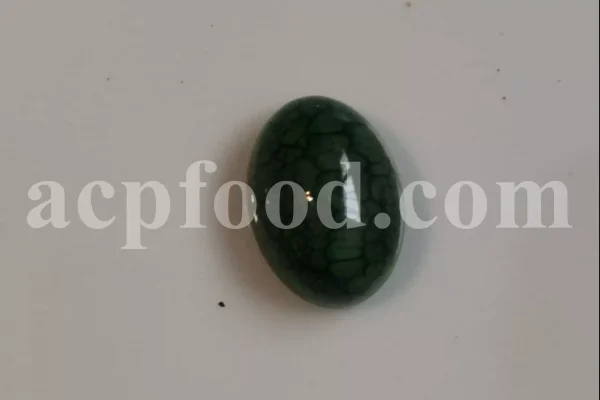
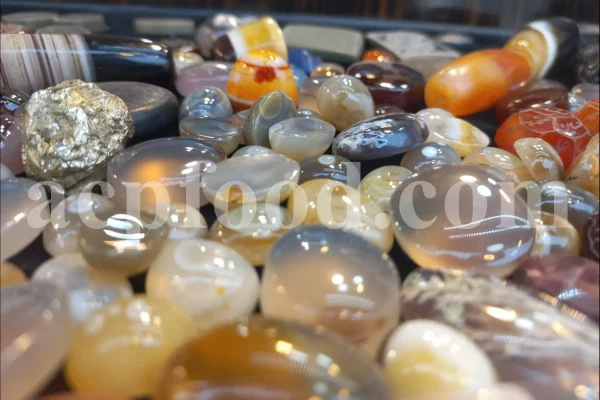

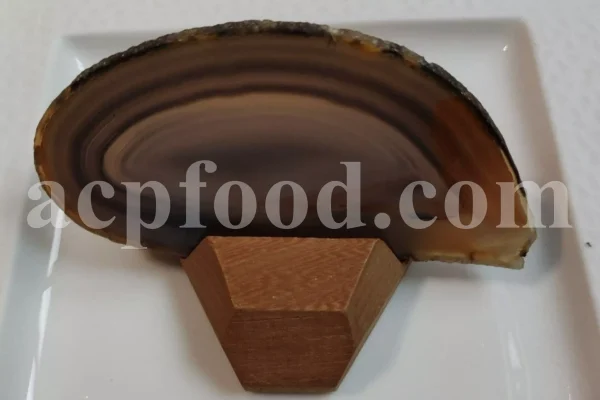

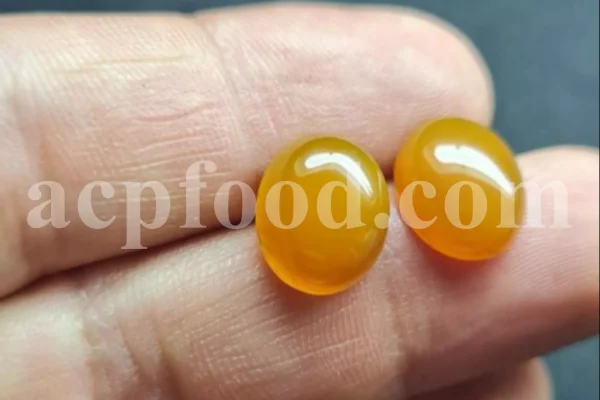
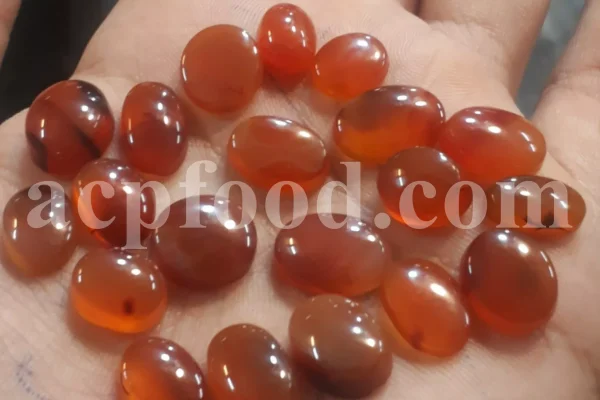

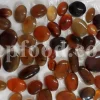
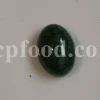
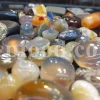
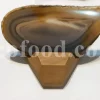

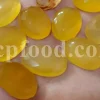
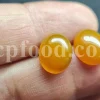

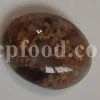


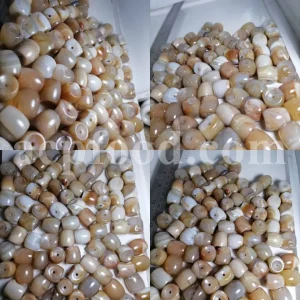
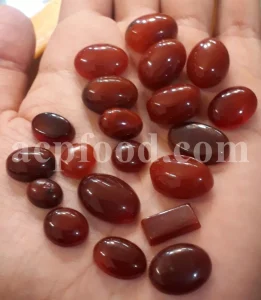
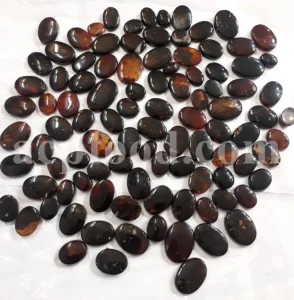
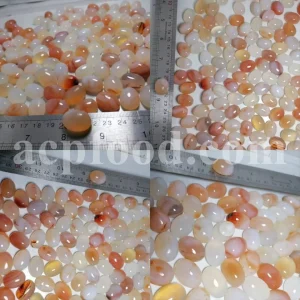
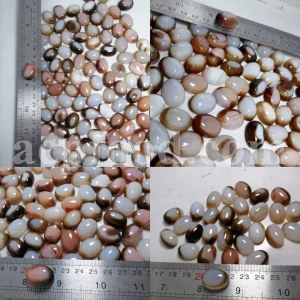
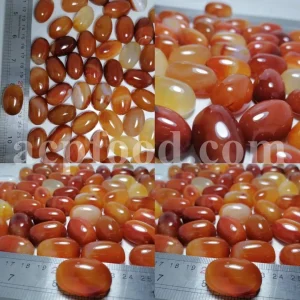
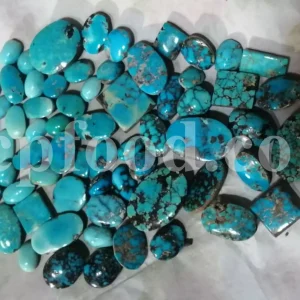
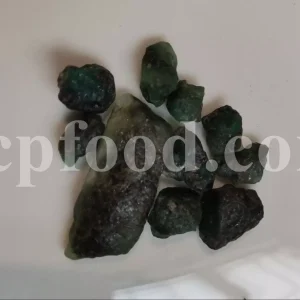

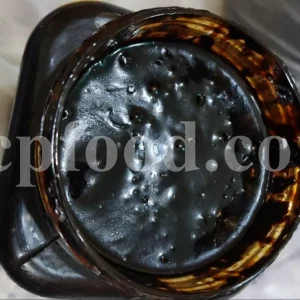
Reviews
There are no reviews yet.